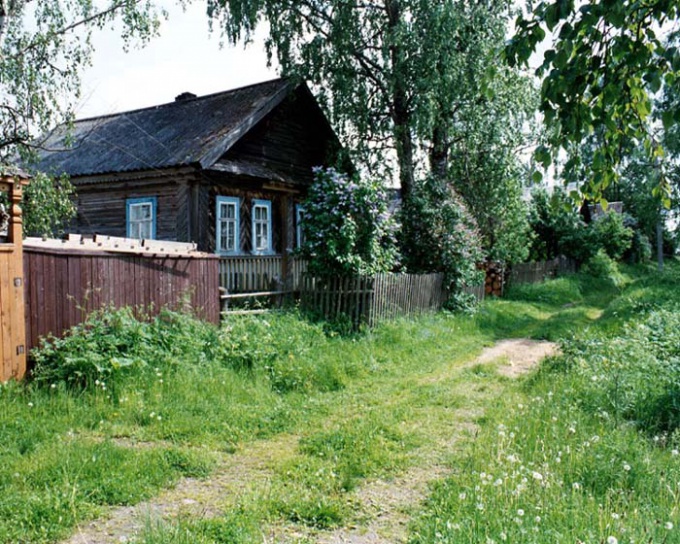Instruction
1
Before you begin, you need to study the plants that will be making beds. All plants to a greater or lesser extent like the sun. If planted next to flowers of different viability, it is likely the strongest of them will take the sun and weak flowers wither.
2
For heat-loving flowers include snapdragons, zinnia (annual), violet, pelargonium, fuchsia, palm, Canna (long-term).
3
Cold-resistant: godetia, pretty, burachok (annual), stock-rose, Foxglove (biennials), delphinium, Erica (long-term).
4
When decorating, the main thing to choose a place for flower beds. It should not be in the draft, but it needs good sunlight. If you want a colorful flowerbed, it is desirable strip of bright colors to be alternated with more quiet or just white. Otherwise you may experience a feeling of confusion.
5
You also need to consider the height of the plants. The flowers should be approximately the same height. Or higher to put in the center, and gradually closer to the edges to place low-growing plants. In the center, instead of flowers can you plant a shrub or tree of small size. If the flowerbed adjacent to the house, then the highest flowers should be near the wall and lower at the edge.
6
To efforts were not in vain, need to have all planted flowers in the same flowering periods. Another option is to choose plants so that the flower bed bloomed all season, ie some are faded, while others bloomed.
7
The edges of the flower beds, too, should not be ignored, otherwise the plants can grow outside. Around the flower beds need to dig a small ditch and fill it with gravel, broken bricks, bat tiles or sand. The edges can be emphasized, decorating their dead with the bricks (in the form of teeth), boards or other building materials. Sometimes even use the tires, painted them any color.
8
To fooling every year, often on the flower bed planted perennials. And in order to avoid the annual monotony, just plant different annuals.
